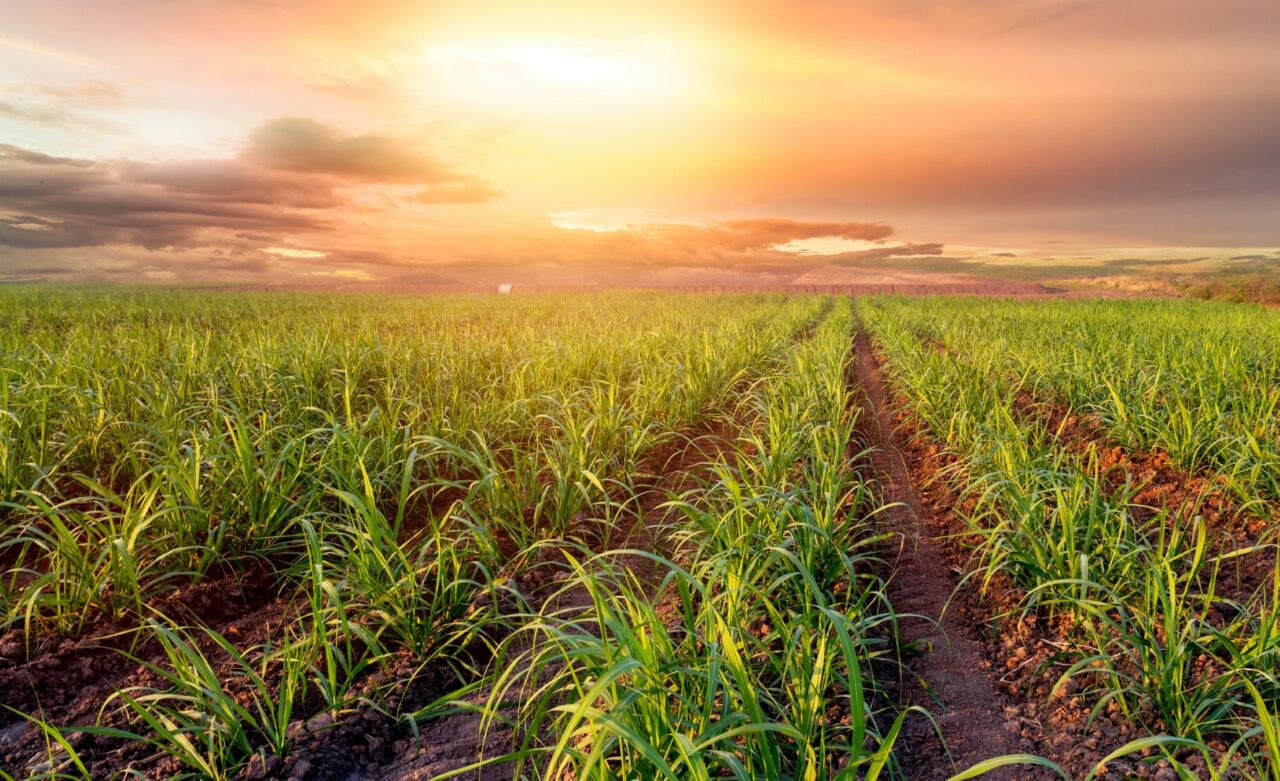
Data from the Department of Environmental Protection (DEP) and the Department of Health shows air quality in the Glades was in the “good” range — the highest standard under Environmental Protection Agency (EPA) standards — for 200 out of 209 test days during the 2023-24 harvest period, or 95.7% of the time.
Measurements of PM 2.5 levels — fine particles under 2.5 micrograms that can decrease air quality — also show that the Glades average of 6.8 PM2.5 per cubic meter sat below the state average of 7.4. Farmers also turned to private monitors in the region to reinforce findings at the state level.
The average air quality in the Glades also sits well below the EPA’s new, tighter definition of “good” air quality, which dropped from a maximum of 12 PM2.5 per cubic meter to 9. That change took effect in May.
“Nearly all of U.S. Sugar’s farmers and employees are proud to call the Glades communities home, so we are thankful to also have some of the best air quality in the entire state of Florida,” said Community Relations Director Brannan Thomas.
“Farmers remain careful stewards of our natural resources, and we want the public to know that the latest period of data shows that concerns that farmers are adversely affecting our local air quality are completely unfounded.”
The remaining nine test days showed “moderate” air quality in the Glades, the second-highest range per EPA standards. Those ratings occurred in March and April and “were primarily affected by volcanic ash and Sahara dust as winds blew sand particles into Florida from the Sahara Desert,” per a release from U.S. Sugar, which represents sugar farmers in the region.
State-level reporting has shown Florida has some of the cleanest air in the country. And a county-by-county analysis of air pollution done by the Robert Wood Johnson Foundation showed counties where sugar fields are located are cleaner than the state average.
And earlier this year, the American Lung Association released its “State of the Air” report, which showed that Palm Beach County had the lowest level of particle pollution in Florida.
Sugarcane farmers in South Florida typically burn their crops prior to harvest from October to late May, which has prompted concerns from some in South Florida. However, DEP readings consistently show air quality in the region is high.
The Florida Forest Service is tasked with regulating those burns. Permits only are issued if wind flow is not directing smoke to a community, which could potentially cause spread of toxic material.
U.S. Sugar in May announced a partnership with Florida A&M University and Tuskegee University to help further study the effect of sugarcane burning and find best practices, as well as measure the industry’s economic impact in the region.

4 comments
tom palmer
August 1, 2024 at 5:56 pm
When they are not burning the sugar cane fields upwind from Belle Glade, air quality is pretty good. Nevertheless, there is ample evidence that there are localized problems, that the state air monitoring system does not catch because it is intended to capture general ambient air quality data and not hot spots of poor air quality.
JustBabs
August 2, 2024 at 8:57 am
This all sounds like a lot of gaslighting and money changing hands. They need to have an outside source do the testing, while the cane is burning. Preferably a watchdog group that actually cares about Florida and is hostile to Desantis. The state and a state university is too connected to be credible.
Thelight551
August 2, 2024 at 9:17 am
“sugarcane burning and find best practices”…
Lets practice Not burning.
charger John
August 3, 2024 at 12:26 am
they are subsidized by federal dollars. so federal money has been used for decades to fund a unprofitable business. Now those stewards are using glyphosate to brown the crops. That is the main toxin killing our reefs and marine systems. The subsidies need to end for cane and corn! Ethanol need to be removed from motor fuel.
It is a destructive solvent and an environmental disaster.
Comments are closed.